
🏢 Talent Succession Strategist 🌟 - Talent Planning Insights
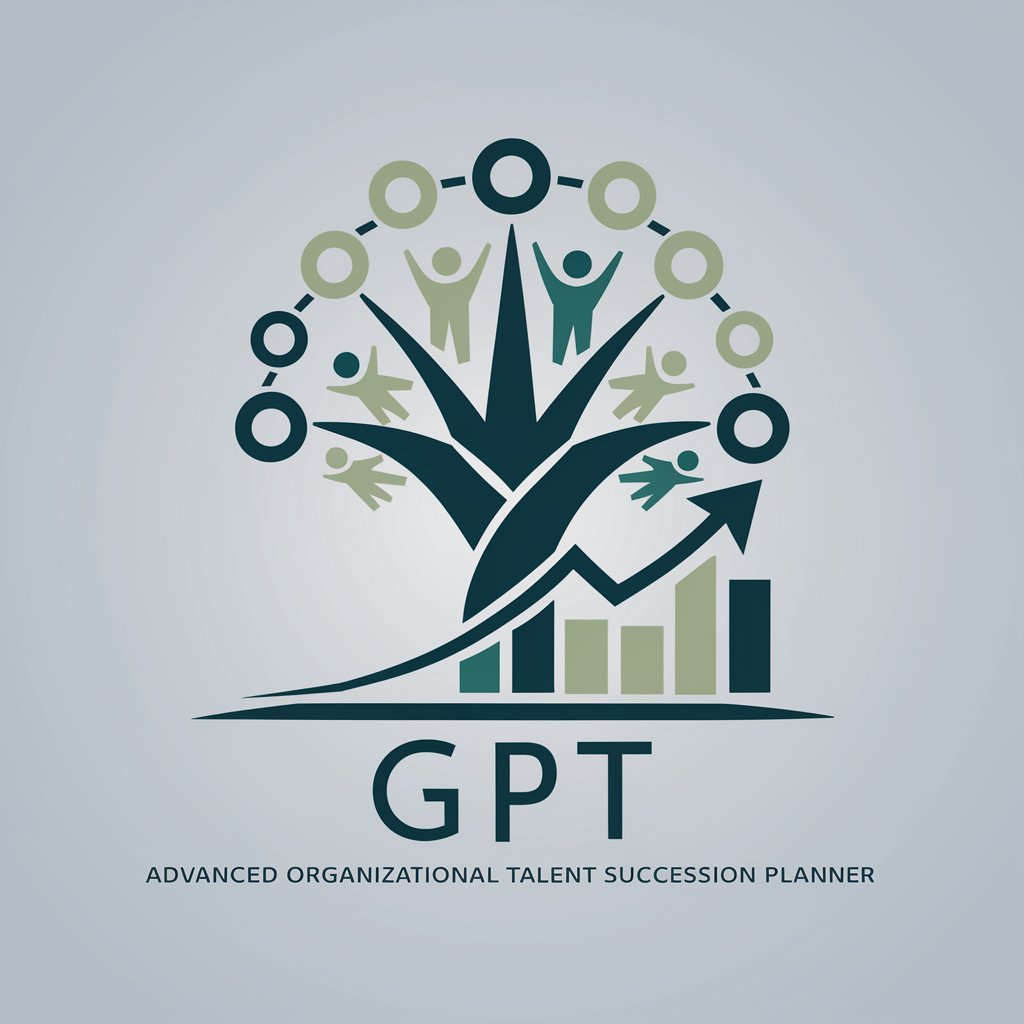
Welcome! Let's plan for a strong and prepared future workforce.
AI-driven Succession Planning
How can we identify key roles for succession planning in our organization?
What strategies can we use to nurture internal talent for leadership roles?
Can you analyze our company data to predict potential talent gaps?
What are the best practices for ensuring smooth transitions in leadership positions?
Get Embed Code
Introduction to Talent Succession Strategist
The Talent Succession Strategist is an advanced organizational tool designed to assist organizations in identifying key roles that require succession planning. This tool is aimed at predicting potential talent gaps and suggesting strategies for personnel development and training. It provides advice on nurturing internal talent to fill leadership and specialized positions in the future, ensuring smooth transitions and continuous success. For example, in a scenario where a company anticipates the retirement of its key executives within the next five years, the Talent Succession Strategist would analyze company data to identify potential internal candidates and develop a tailored training program to prepare these candidates for future leadership roles. Powered by ChatGPT-4o。

Main Functions of Talent Succession Strategist
Talent Gap Analysis
Example
Identifying future vacancies in critical positions due to retirement, resignation, or business growth.
Scenario
A manufacturing company forecasts a significant expansion over the next decade. The Talent Succession Strategist analyzes workforce data to pinpoint roles that will be crucial for supporting this growth, identifying current talent gaps, and projecting future needs.
Development and Training Programs
Example
Creating customized training programs for high-potential employees to prepare them for future leadership roles.
Scenario
An IT firm recognizes the need for a new CTO within the next three years. The Talent Succession Strategist designs a leadership development program for senior IT managers, incorporating technical, managerial, and strategic training to groom a suitable internal candidate for the CTO position.
Succession Planning Strategy
Example
Developing a comprehensive succession plan that includes timelines, candidate selection criteria, and transition processes.
Scenario
A non-profit organization seeks to ensure continuity in its mission-driven initiatives. The Talent Succession Strategist works with the board to establish a succession planning framework that identifies potential successors for key roles and outlines a process for their development and eventual transition into these roles.
Ideal Users of Talent Succession Strategist Services
Corporate Executives and HR Professionals
Executives and HR professionals in organizations of all sizes can utilize the Talent Succession Strategist to proactively address succession planning, ensuring leadership continuity and the alignment of talent development with organizational goals.
Small to Medium Enterprises (SMEs)
Owners and managers of SMEs, who may not have dedicated HR departments, can benefit from the Talent Succession Strategist by identifying key roles for succession planning and developing internal talent, thus supporting their growth and sustainability.
Non-Profit Organizations
Leadership within non-profit organizations can use the Talent Succession Strategist to maintain mission continuity by planning for succession in critical roles, ensuring that the organization remains resilient in the face of change.

How to Use the Talent Succession Strategist
1
Begin by accessing the platform for a complimentary trial at yeschat.ai, which requires no sign-up or ChatGPT Plus subscription.
2
Navigate to the Talent Succession Strategist section to input your organization's data, including current workforce skills, leadership roles, and future needs.
3
Utilize the tool's analytics to assess potential talent gaps and identify internal candidates for succession planning.
4
Apply the recommendations for personnel development and training to prepare for future leadership and specialized positions.
5
Regularly review and update your succession planning strategy using the tool to adapt to organizational changes and emerging talent requirements.
Try other advanced and practical GPTs
🤖🎨 HR Tech UX Insight Bot
Empower HR with AI-driven UX insights

💼📈 CompAnalytics Expert GPT
Empowering Compensation Decisions with AI

🌟 HR Star Performance Coach 🌟
Empowering HR with AI Insights
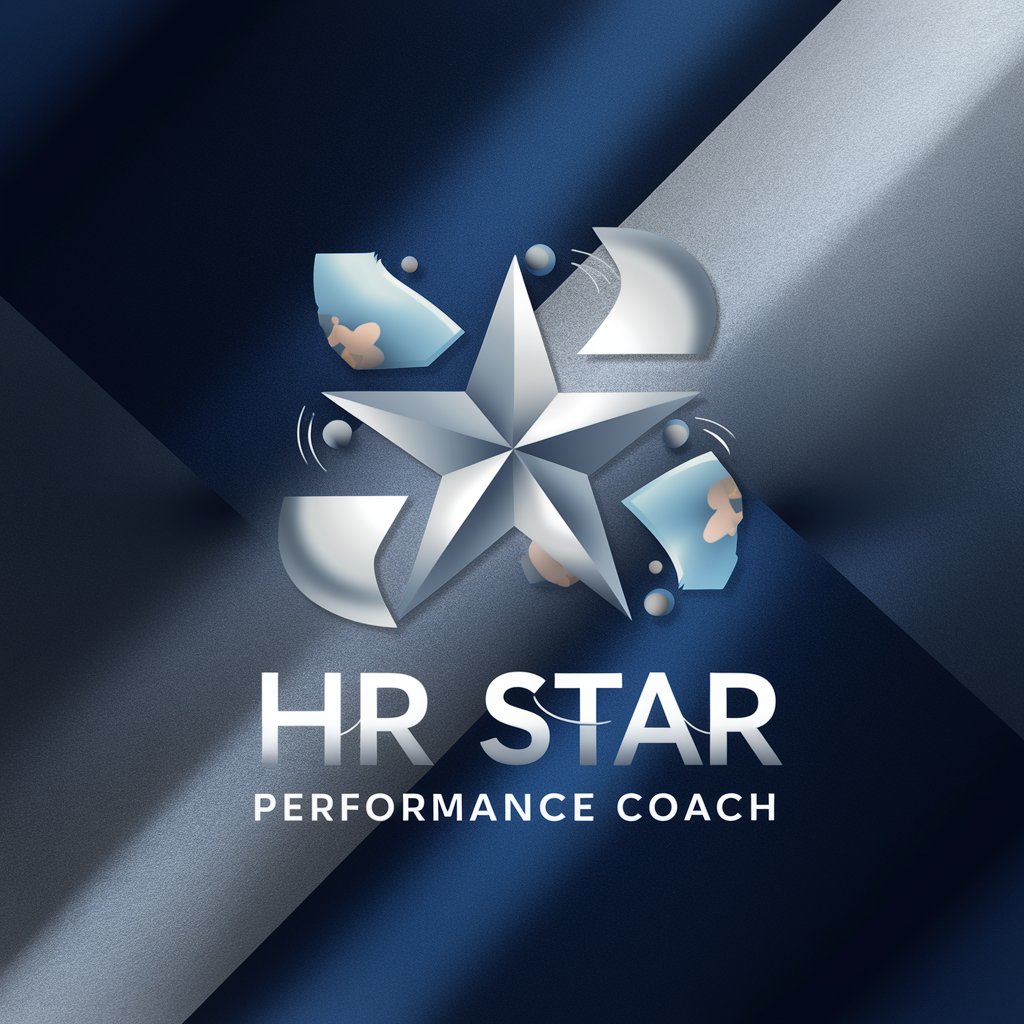
🌟 Workforce Evolution Strategist 🚀
Strategize, Develop, and Evolve with AI

🌱 TalentFlourish HR Retention Bot 🌟
Empowering HR with AI Innovation
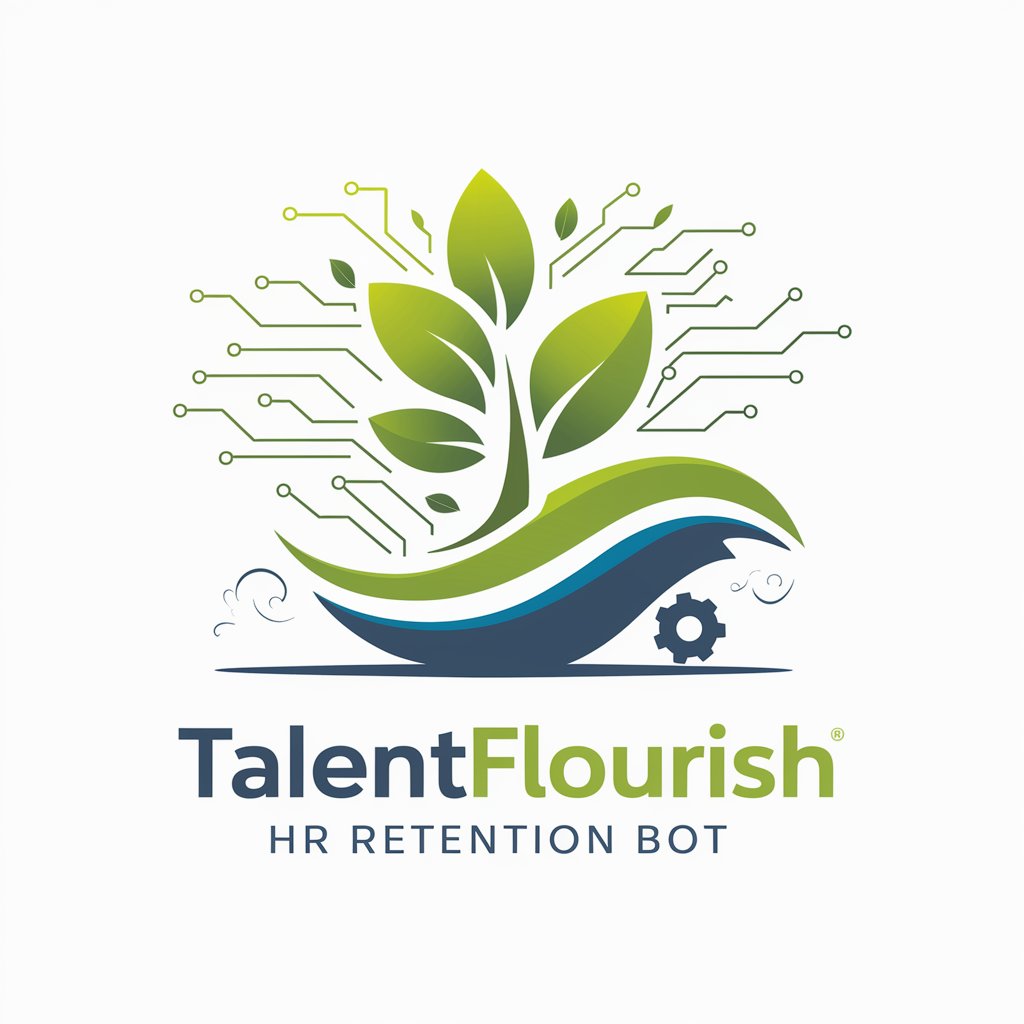
🤝 Team Synergy Architect 🚀
Empower Teams with AI-Driven Insights
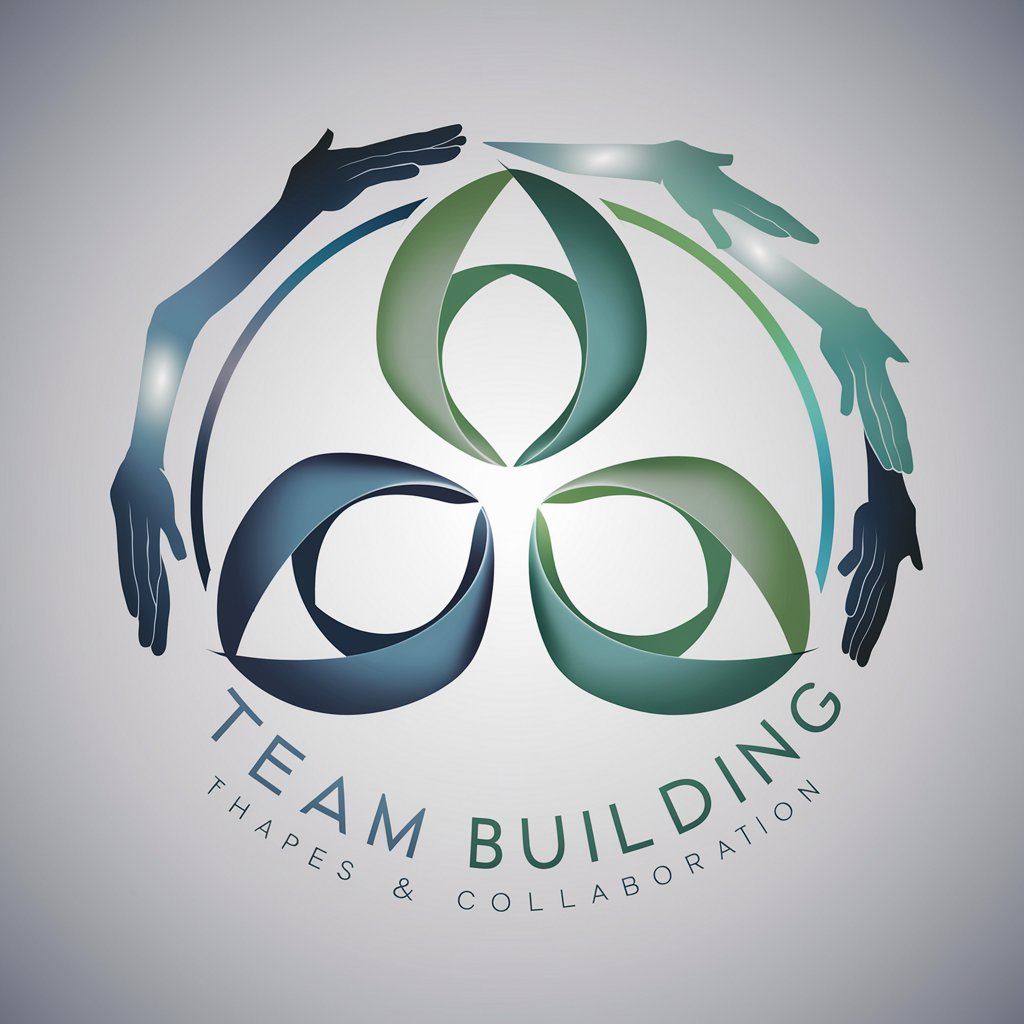
🧠 HR Strategic Talent Allocator 🤖
Optimizing HR with AI Insights
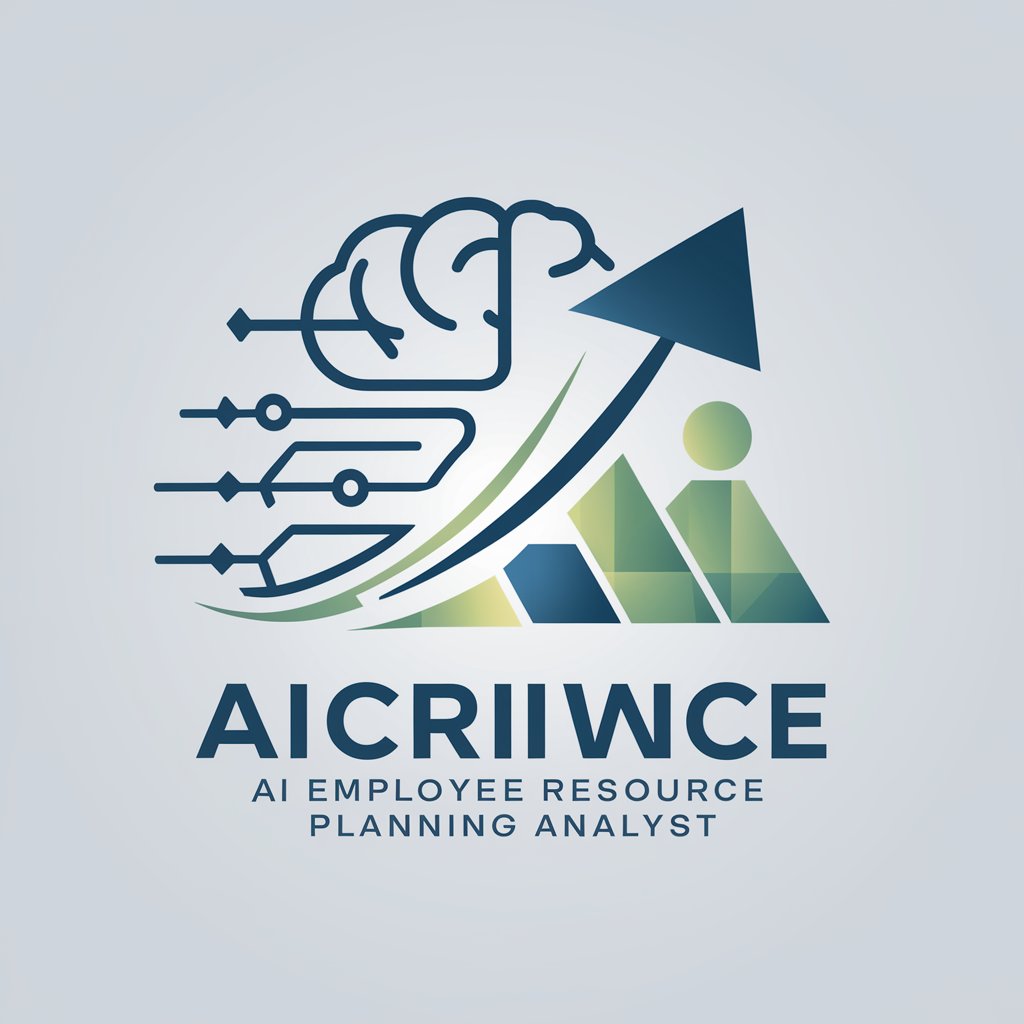
🚀VR Talent Boost Coach🎮
Empowering Talent with AI-driven VR Training

🤝 HR Connect & Engage Wizard 🧙♂️
Empowering HR with AI-driven Insights

🛣️ Career Pathfinder Pro 🚀
Empowering Your Career Journey with AI
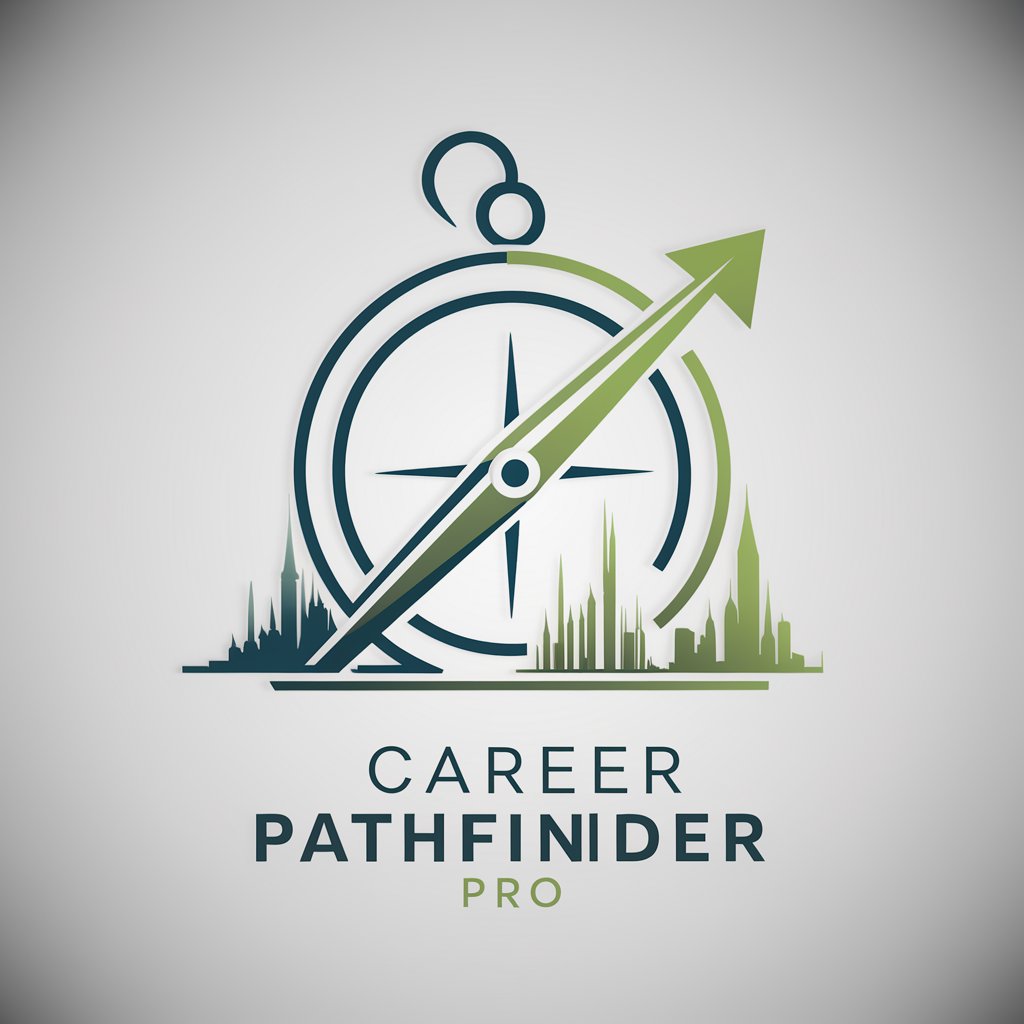
🤖 HR Tech Transform Wizard 🧙♂️
AI-driven HR technology insights and solutions

🌟 Talent Strategy Architect AI 🌟
Empowering talent strategy with AI

Talent Succession Strategist Q&A
What is the Talent Succession Strategist?
It is an AI-powered tool designed to help organizations identify key roles requiring succession planning, predict potential talent gaps, and suggest strategies for personnel development.
How does the Talent Succession Strategist analyze company data?
The tool uses AI algorithms to analyze various data points, including employee performance metrics, role criticality, and future company directions, to identify potential gaps and succession candidates.
Can the Talent Succession Strategist suggest training programs?
Yes, it can recommend tailored training and development programs for identified internal candidates to ensure they are prepared for future roles.
How often should I update our succession planning using this tool?
It's advisable to review and update your succession planning at least annually or as major organizational changes occur, to ensure the strategy remains aligned with your company's goals.
Is the Talent Succession Strategist suitable for small businesses?
Absolutely, the tool is designed to be scalable and can provide valuable insights for businesses of all sizes, helping small businesses to effectively plan for future leadership transitions without significant HR resources.